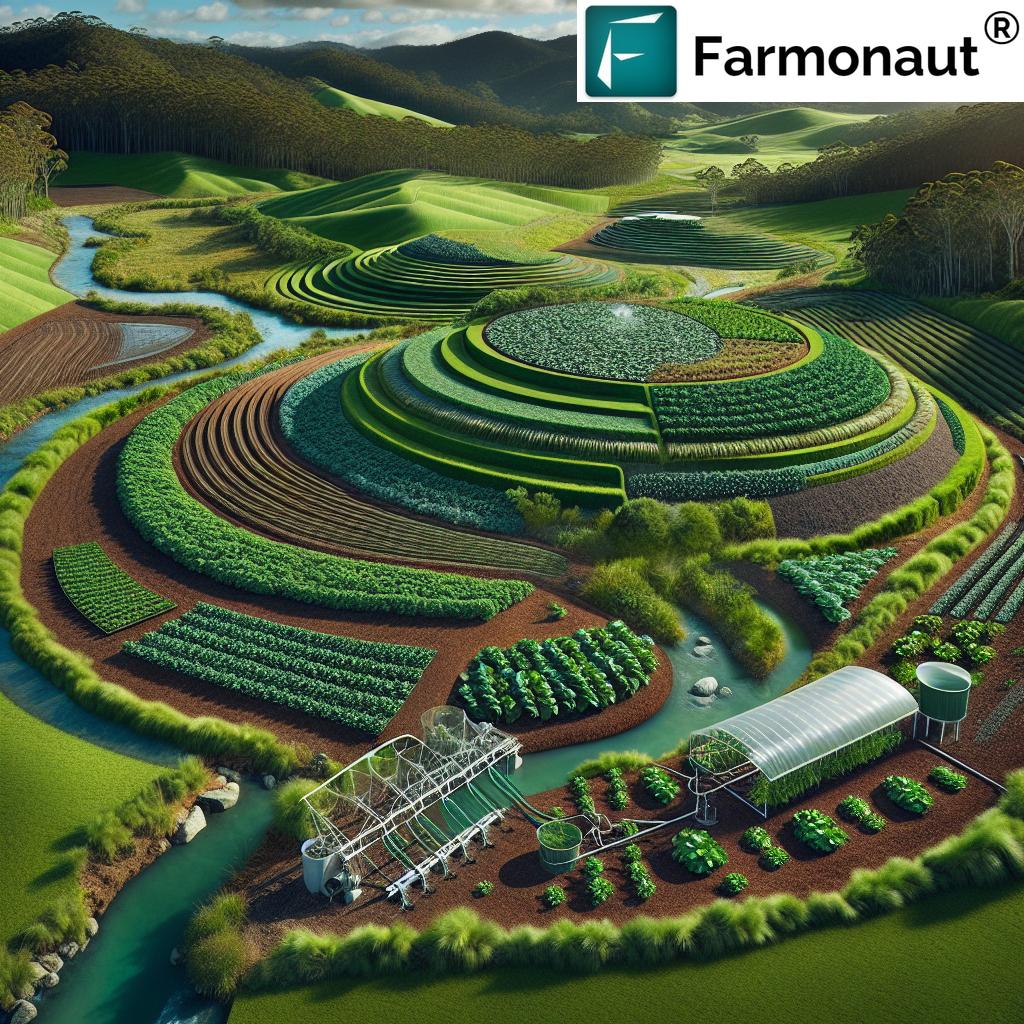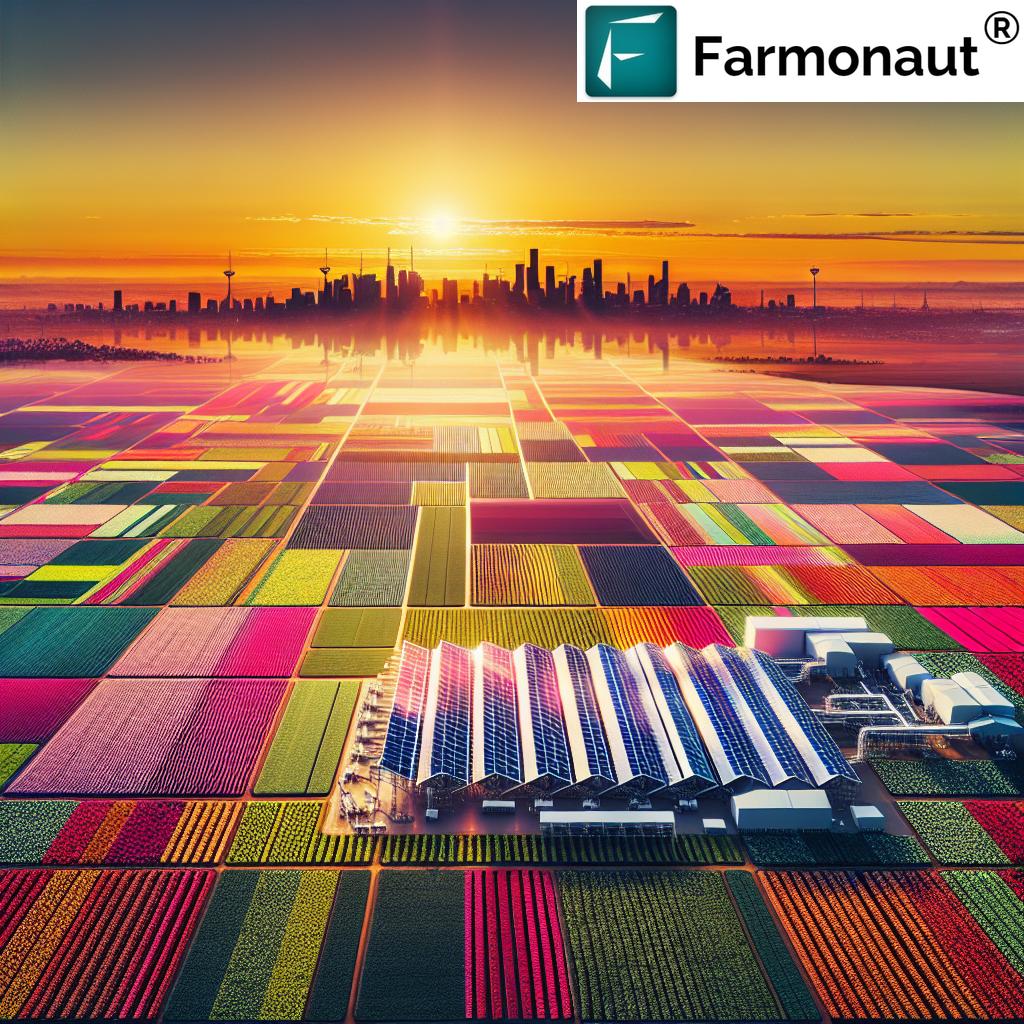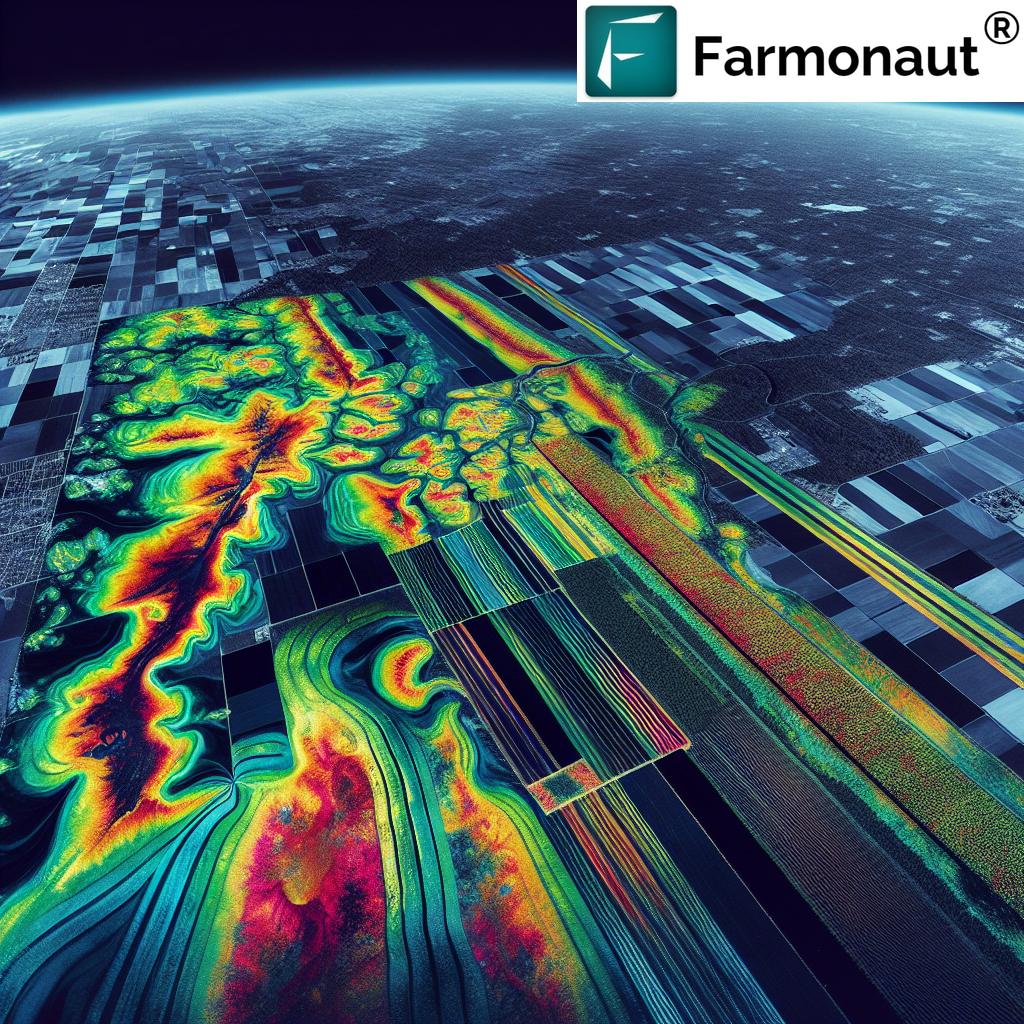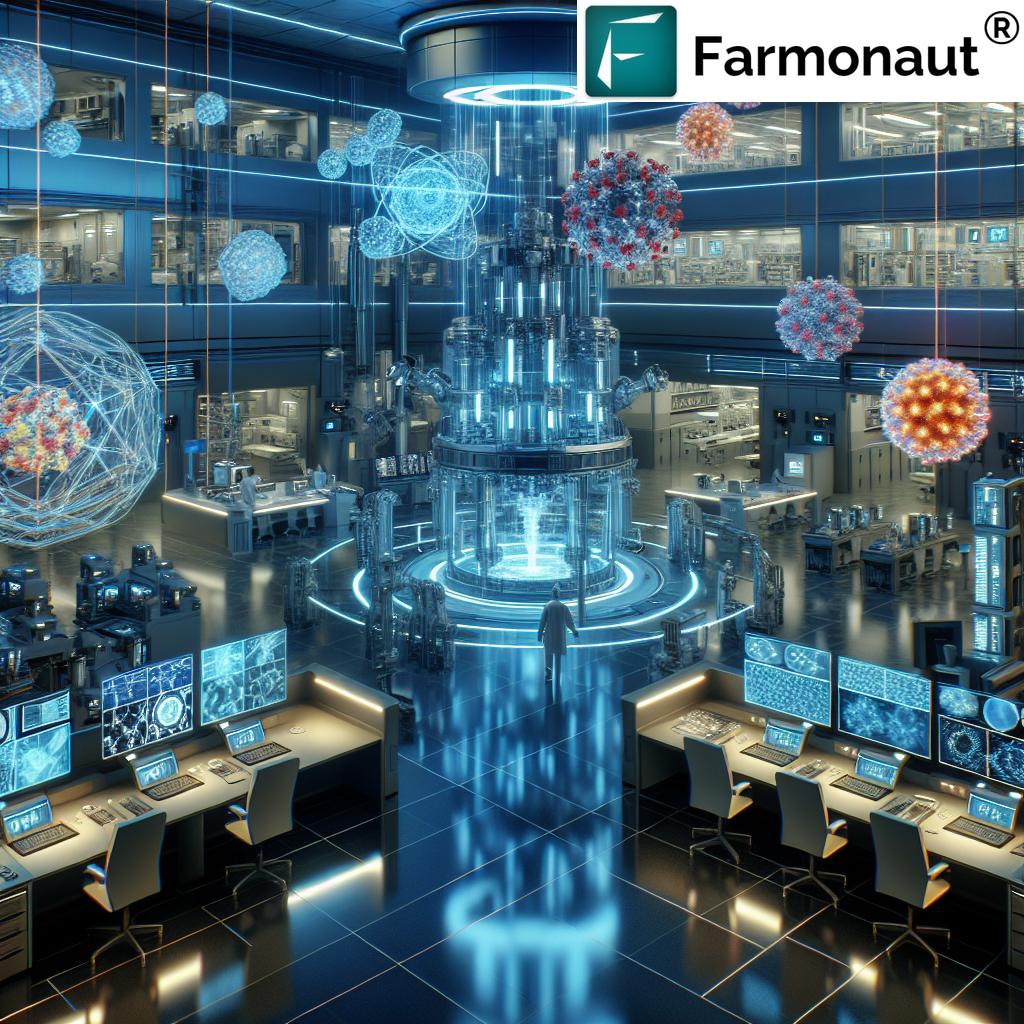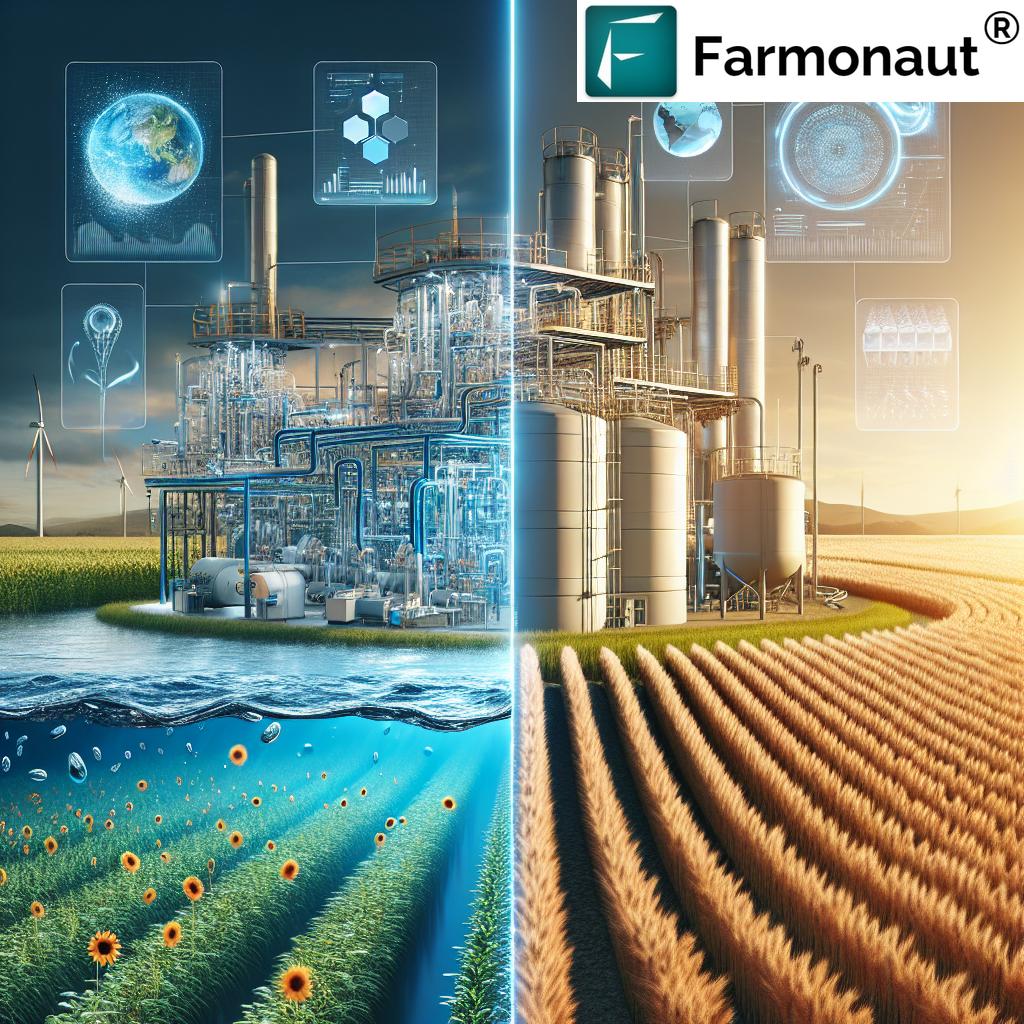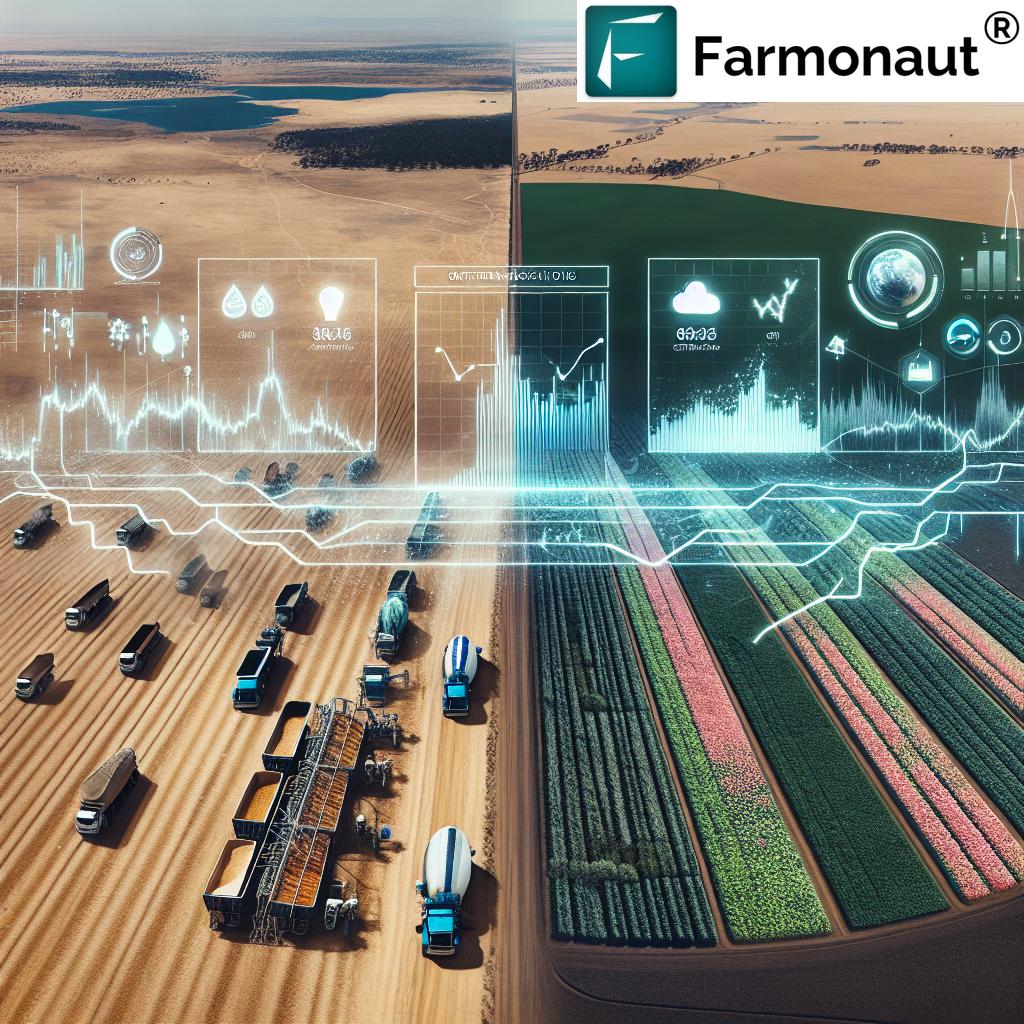Revolutionizing Whyalla’s Steel Industry: Green Technology and Renewable Energy Shape South Australia’s Manufacturing Future
“Whyalla steelworks received a $2.4 billion government rescue package to address technical challenges and economic setbacks.”
“Whyalla steelworks received a $2.4 billion government rescue package to address technical challenges and economic setbacks.”
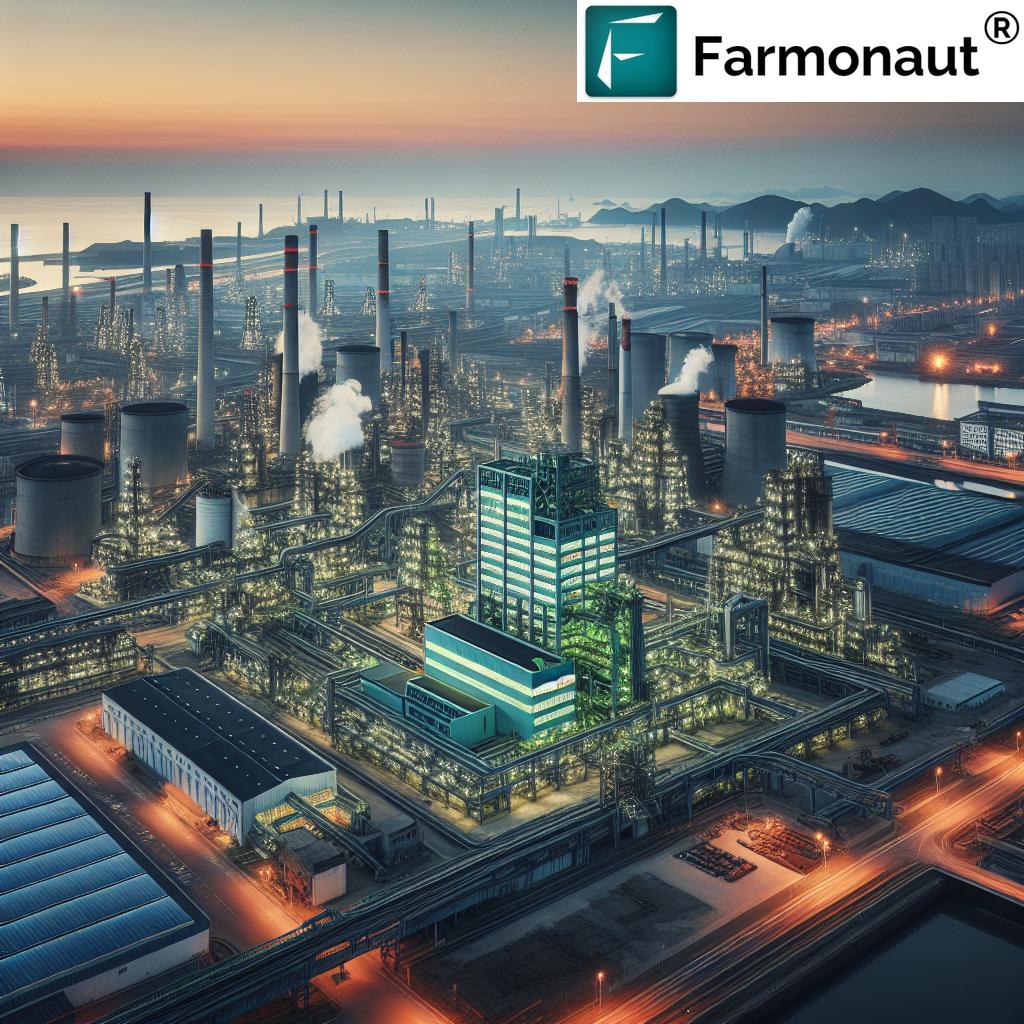
In the heart of South Australia, the town of Whyalla stands as a testament to the enduring spirit of Australian manufacturing. For decades, the Whyalla steelworks has been the lifeblood of this industrial hub, shaping not only the skyline but also the economic landscape of the region. However, as we delve into the current state and future prospects of this vital industry, we find ourselves at a critical juncture where traditional steelmaking practices are being challenged by the imperative of sustainability and technological innovation.
In this comprehensive analysis, we will explore the transformative journey of Whyalla’s steel industry, examining the recent setbacks, government interventions, and the potential for a greener, more sustainable future. As we navigate through the complexities of this industrial evolution, we’ll uncover the opportunities and challenges that lie ahead for Australian steel manufacturing in the age of renewable energy and environmental consciousness.
The Current State of Whyalla’s Steel Industry
Whyalla’s steelworks, once a proud symbol of Australia’s industrial might, has recently faced a series of formidable challenges. The plant, which has been an integral part of the town’s identity since its establishment by BHP in 1941, has struggled to maintain its competitive edge in an increasingly globalized market. The recent administration of the steelworks and the subsequent government rescue package highlight the severity of the situation.
- Technical Challenges: The plant has grappled with significant operational issues, including breakdowns in critical equipment such as the blast furnace, leading to extended periods of production shutdown.
- Economic Setbacks: Rising debts to suppliers and the state government have put immense financial pressure on the steelworks, threatening its viability.
- Management Issues: Questions have been raised about the management of key equipment and overall operational strategies under the ownership of GFG Alliance.
The South Australian government’s decision to force the Whyalla steelworks into administration underscores the gravity of these challenges. This move, accompanied by rapid amendments to the Whyalla Steelworks Act, marks a turning point in the history of Australian steel manufacturing.
Government Intervention and the Path Forward
In response to the crisis, the Australian government has stepped in with a substantial rescue package. Prime Minister Anthony Albanese’s announcement of a $2.4 billion investment signals a strong commitment to the future of steel production in Whyalla and, by extension, to the broader Australian manufacturing sector.
- Immediate Relief: A portion of the rescue package is allocated to addressing pressing debt issues, ensuring the plant’s continued operation in the short term.
- Long-term Vision: The majority of the funds, $1.9 billion, is earmarked for significant infrastructure upgrades under new ownership, aiming to modernize the plant and enhance its competitiveness.
This governmental support underscores the strategic importance of maintaining a robust domestic steel industry. It’s not merely about preserving jobs in Whyalla; it’s about safeguarding Australia’s manufacturing capabilities and ensuring the nation’s self-reliance in critical infrastructure development.
The Potential for Green Steel Production
As we look to the future of Whyalla’s steel industry, the concept of “green steel” emerges as a beacon of hope and innovation. The integration of renewable energy and sustainable practices in steelmaking presents an opportunity for Whyalla to position itself at the forefront of environmentally responsible manufacturing.
| Aspects | Traditional Steelmaking | Green Steel Production |
|---|---|---|
| CO2 Emissions (estimated tons/year) | High (1.8-2.0 tons per ton of steel) | Significantly reduced (0.3-0.5 tons per ton of steel) |
| Energy Source | Coal and coke | Renewable energy (solar, wind, hydrogen) |
| Production Costs (estimated $/ton) | Lower initial costs | Higher initial investment, potential for long-term savings |
| Government Incentives | Limited | Increasing support for sustainable practices |
| Job Creation Potential | Stable but declining | High potential for new, skilled jobs |
| Environmental Impact | Significant negative impact | Substantially reduced environmental footprint |
| Technology Requirements | Established, mature technology | Cutting-edge, evolving technologies |
| Market Competitiveness | Challenged by global competition | Potential for premium pricing and market differentiation |
The transition to green steel production aligns with global trends towards sustainability and could provide Whyalla with a competitive edge in the international market. Key advantages of pursuing green steel production include:
- Reduced Carbon Footprint: By leveraging renewable energy sources, particularly the abundant solar resources in South Australia, the steelworks could significantly reduce its carbon emissions.
- Innovation Hub: Whyalla has the potential to become a center for research and development in sustainable steelmaking technologies, attracting talent and investment.
- Market Differentiation: As consumers and industries increasingly prioritize environmentally responsible products, green steel from Whyalla could command a premium in the market.
“South Australia’s industrial hub, Whyalla, benefits from nearby iron ore deposits and port facilities for steel manufacturing.”
Renewable Energy Integration in Steelmaking
The integration of renewable energy into the steelmaking process is not just an environmental imperative; it’s increasingly becoming an economic necessity. Whyalla’s geographical advantages, including its proximity to vast solar and wind resources, position it uniquely to lead in this transition.
- Solar Power: South Australia’s abundant sunshine could be harnessed to power electric arc furnaces, a key component in modern steelmaking.
- Wind Energy: Offshore wind farms could provide a consistent source of clean energy to support the energy-intensive steelmaking process.
- Green Hydrogen: The potential for producing green hydrogen using renewable energy opens up possibilities for revolutionizing the iron reduction process, traditionally one of the most carbon-intensive stages of steelmaking.
By embracing these renewable technologies, Whyalla’s steel industry could not only reduce its environmental impact but also potentially lower its long-term energy costs, enhancing its global competitiveness.

Modernization Needs and Technological Upgrades
The $1.9 billion earmarked for infrastructure upgrades under the government’s rescue package presents a golden opportunity to modernize Whyalla’s steelworks. Key areas for investment include:
- Advanced Furnace Technology: Upgrading to more efficient and environmentally friendly furnaces, such as electric arc furnaces or hydrogen-based direct reduction systems.
- Automation and Digital Integration: Implementing Industry 4.0 technologies to enhance productivity, reduce waste, and improve quality control.
- Energy Efficiency Measures: Investing in heat recovery systems and energy management solutions to optimize resource utilization.
- Carbon Capture and Utilization: Exploring technologies to capture and repurpose carbon emissions, potentially creating additional revenue streams.
These technological upgrades are crucial not only for improving the plant’s environmental performance but also for enhancing its operational efficiency and product quality, thereby strengthening its position in the global market.
Economic Impact on the Region
The fate of Whyalla’s steelworks is inextricably linked to the economic wellbeing of the entire region. With a population of around 20,000, Whyalla’s economy is heavily dependent on the steel industry. The potential transformation of the steelworks could have far-reaching implications:
- Job Creation: The shift towards green steel production and the implementation of new technologies could create new, high-skilled job opportunities in the region.
- Economic Diversification: As the steelworks modernizes, it could attract related industries and services, helping to diversify the local economy.
- Skills Development: The introduction of advanced technologies will necessitate upskilling and reskilling programs, enhancing the region’s human capital.
- Infrastructure Development: Investments in the steelworks could spur improvements in local infrastructure, benefiting the broader community.
The successful transformation of Whyalla’s steel industry could serve as a model for industrial rejuvenation, demonstrating how traditional manufacturing hubs can adapt to the challenges and opportunities of the 21st century.
Challenges and Opportunities in Sustainable Steel Manufacturing
While the potential for green steel production in Whyalla is significant, it’s important to acknowledge the challenges that lie ahead:
- High Initial Costs: The transition to green steel production requires substantial upfront investment in new technologies and infrastructure.
- Technological Uncertainties: Some green steelmaking technologies are still in the developmental stage and may present operational risks.
- Market Acceptance: Ensuring that green steel can compete on price and quality with traditional steel in the global market will be crucial.
- Regulatory Environment: The success of green steel initiatives may depend on supportive government policies and regulations.
However, these challenges are balanced by significant opportunities:
- First-Mover Advantage: By leading in green steel production, Whyalla could establish itself as a global leader in sustainable manufacturing.
- Export Potential: As global demand for low-carbon products grows, green steel from Whyalla could find new export markets.
- Innovation Ecosystem: The focus on green technology could attract research institutions and innovative companies to the region, fostering a culture of innovation.
The Role of Research and Development
As Whyalla embarks on this transformative journey, the role of research and development cannot be overstated. Collaboration between industry, academia, and government will be crucial in driving innovation and overcoming technical challenges. Key areas for R&D focus include:
- Hydrogen-Based Steelmaking: Further developing and scaling up hydrogen reduction technologies for iron ore processing.
- Energy Storage Solutions: Innovating in energy storage to ensure a stable power supply for steel production from intermittent renewable sources.
- Circular Economy Initiatives: Exploring ways to reuse and recycle steel byproducts, minimizing waste and creating new value streams.
- Materials Science: Developing new steel alloys that offer superior properties while requiring less energy-intensive production processes.
Investments in these research areas could not only benefit Whyalla’s steel industry but also position Australia as a global leader in sustainable manufacturing technologies.
The Future of Australian Steel Industry
The transformation of Whyalla’s steel industry is more than just a local issue; it’s a bellwether for the future of Australian manufacturing. As we look ahead, several key factors will shape the industry’s trajectory:
- Global Market Dynamics: The ability to compete with international steel producers, particularly those from Asia, will remain a critical challenge.
- Technological Adoption: The pace at which new technologies are developed and implemented will determine Australia’s position in the global steel market.
- Policy Support: Government policies, including carbon pricing, renewable energy incentives, and trade agreements, will play a crucial role in shaping the industry’s competitiveness.
- Workforce Development: Investing in skills training and education to build a workforce capable of operating advanced manufacturing technologies will be essential.
The success of Whyalla’s transition could set a precedent for other industrial centers across Australia, demonstrating how traditional industries can be reimagined for a sustainable future.
Conclusion: A Pivotal Moment for Australian Manufacturing
The transformation of Whyalla’s steel industry represents a pivotal moment in Australia’s manufacturing history. As we stand at this crossroads, the decisions made today will shape not only the future of Whyalla but also the trajectory of Australian industry in the global economy.
The integration of green technologies and renewable energy into steel production offers a pathway to a more sustainable and competitive future. While challenges remain, the potential benefits – from job creation and economic diversification to environmental stewardship and technological leadership – are substantial.
As we move forward, it will be crucial for all stakeholders – government, industry, labor unions, and the community – to work together in steering this transition. The success of Whyalla’s steel industry transformation could serve as a blueprint for industrial renewal across Australia, demonstrating how traditional manufacturing can be reinvented for the 21st century.
In this journey towards a greener, more sustainable future for steel production, innovative technologies and data-driven solutions will play a crucial role. While not directly related to steel manufacturing, companies like Farmonaut are pioneering similar transformations in the agricultural sector, showcasing how satellite technology and AI can drive sustainability and efficiency in traditional industries.
The road ahead for Whyalla’s steel industry may be challenging, but it is also filled with opportunity. By embracing innovation, sustainability, and collaboration, Whyalla has the potential to not only secure its own future but also to lead the way in shaping a new era of Australian manufacturing.
FAQ Section
- Q: What is green steel production?
A: Green steel production refers to steelmaking processes that significantly reduce or eliminate carbon emissions, typically by using renewable energy sources and innovative technologies like hydrogen-based reduction instead of traditional coal-based methods. - Q: How will the transition to green steel production affect jobs in Whyalla?
A: While some traditional roles may change, the transition is expected to create new, high-skilled job opportunities in areas such as renewable energy, advanced manufacturing, and technology management. - Q: What are the main challenges in implementing green steel production?
A: Key challenges include high initial investment costs, technological uncertainties, ensuring cost competitiveness with traditional steel, and developing the necessary infrastructure for renewable energy integration. - Q: How does the Australian government support the transition to green steel?
A: The government has provided a $2.4 billion rescue package, with $1.9 billion allocated for long-term infrastructure upgrades. This support aims to facilitate the modernization and sustainability transition of the Whyalla steelworks. - Q: Can green steel compete with traditional steel in the global market?
A: While initially more expensive, green steel is expected to become more competitive as technologies improve and as global demand for low-carbon products increases. Government policies and carbon pricing may also influence its competitiveness.







